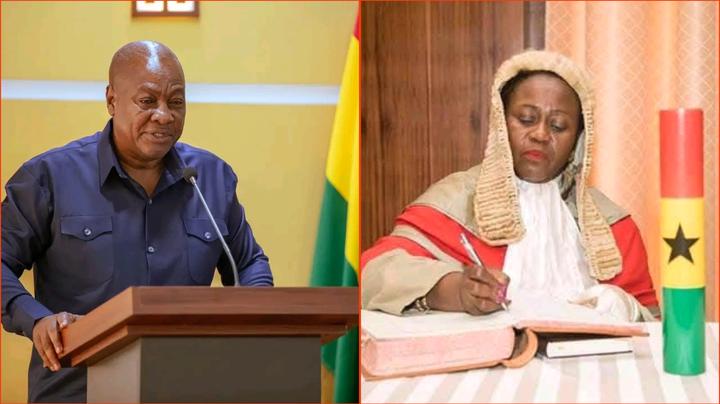There has been a great deal of public uproar over the President’s compliance with constitutional procedures for the removal of judges.
Legal expert and activist, Oliver Barker-Vormawor has broken down the process of removing the chief justice into simpler language, explaining why the president followed due process in consulting the Council of State for the petitions to remove the Chief Justice. According to him, anyone who finds this an an orchestration to remove the Chief Justice is both misinformed and misguided.
The Constitution provides several safeguards to ensure judicial independence. One such safeguard is that no President—despite being the appointing authority—has the power to unilaterally remove a Superior Court Judge or the Chief Justice.
At the same time, the Constitution recognises the need for accountability within the judiciary. It therefore permits the removal of judges in three specific situations: where they misbehave, are incompetent, or are unable to perform their duties due to ill health, including mental illness.
7. Now, let us consider the process. If a complaint is made against a Superior Court Judge (excluding the Chief Justice), it must be sent to the President who must forward it directly to the Chief Justice. The Chief Justice then performs an initial review to determine whether the petition is not frivolous—what lawyers call a prima facie analysis.
When the complaint is against the Chief Justice herself, the process is slightly different. According to Article 146(6) and (10), once the President receives such a petition, he must consult the Council of State to determine whether there is a prima facie case to be answered.
It is important to stress that when the President consults the Council of State and acts in accordance with their advice, he is merely complying with the Constitution. To accuse a President who is following a constitutional process of orchestrating the removal of the Chief Justice is, frankly, both misinformed and misguided. It reflects a lack of understanding of the constitutional safeguards deliberately built into the process.
The President, after consulting the Council of State, may establish a committee to investigate allegations against the Chief Justice if the petition is deemed serious. This committee, comprising two Supreme Court Justices and three non-lawyers, operates independently and determines whether sufficient evidence exists.
The President has no influence over the committee’s findings, and its recommendations are binding. During the investigation, the Council of State may advise suspending the Chief Justice, which is part of the constitutional process to ensure the investigation’s integrity. The President’s consultation with the Council of State is a structured and constitutional procedure aimed at balancing judicial accountability with independence.
https://www.facebook.com/541709688/posts/10165051320929689/?mibextid=rS40aB7S9Ucbxw6v
